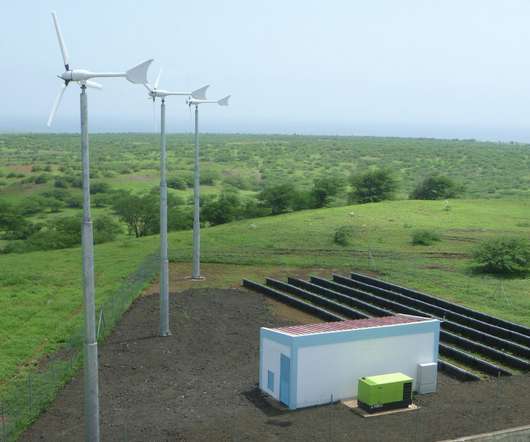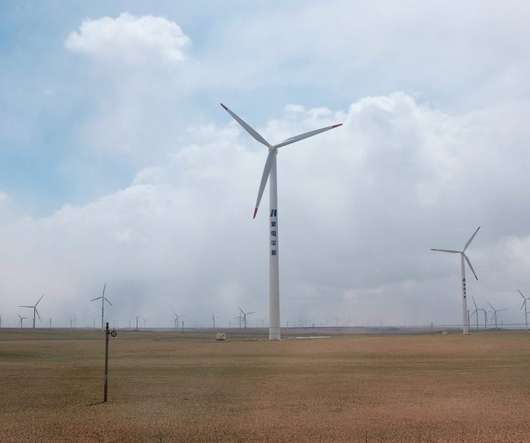How Are Lithium-ion Batteries that Store Solar and Wind Power Made?
Union of Concerned Scientists
DECEMBER 22, 2022
A 1 megawatt vanadium flow battery (a different technology from lithium-ion, but also used for energy storage) is in Pullman, Washington, built by UniEnergy Technologies and owned by Avista Utilities. Source: UniEnergy Technologies / Wikimedia Commons. Engineers develop energy storage battery technologies. Batteries.













Let's personalize your content